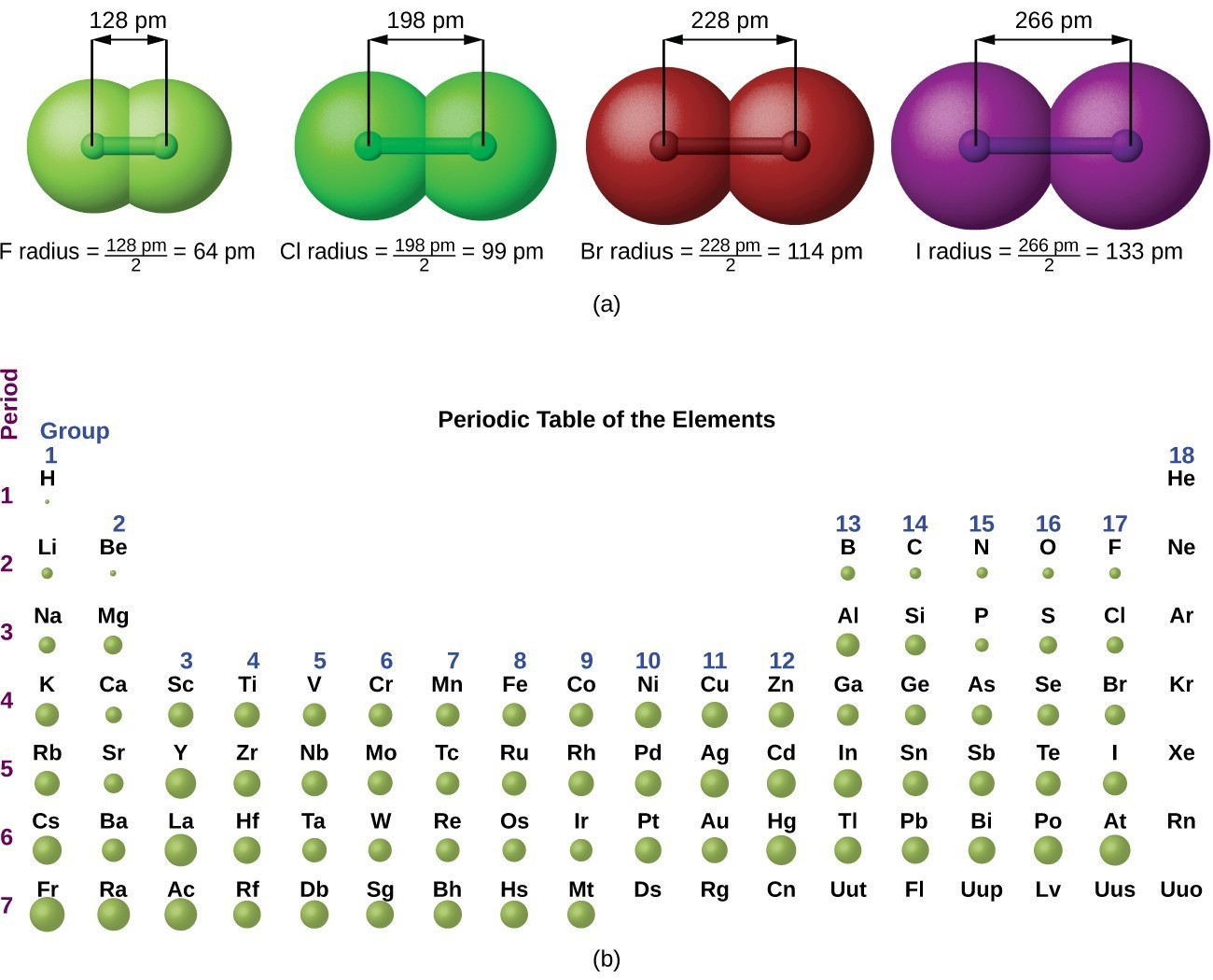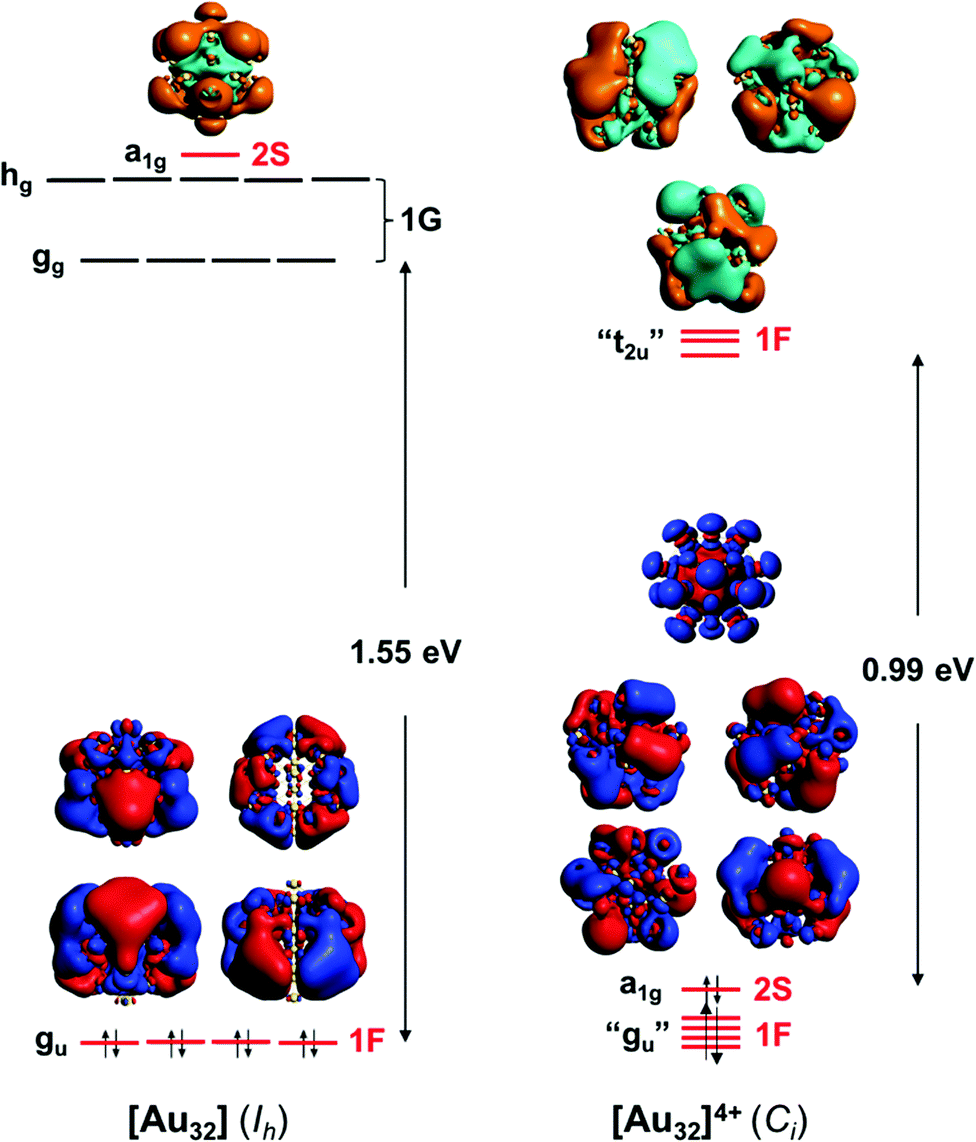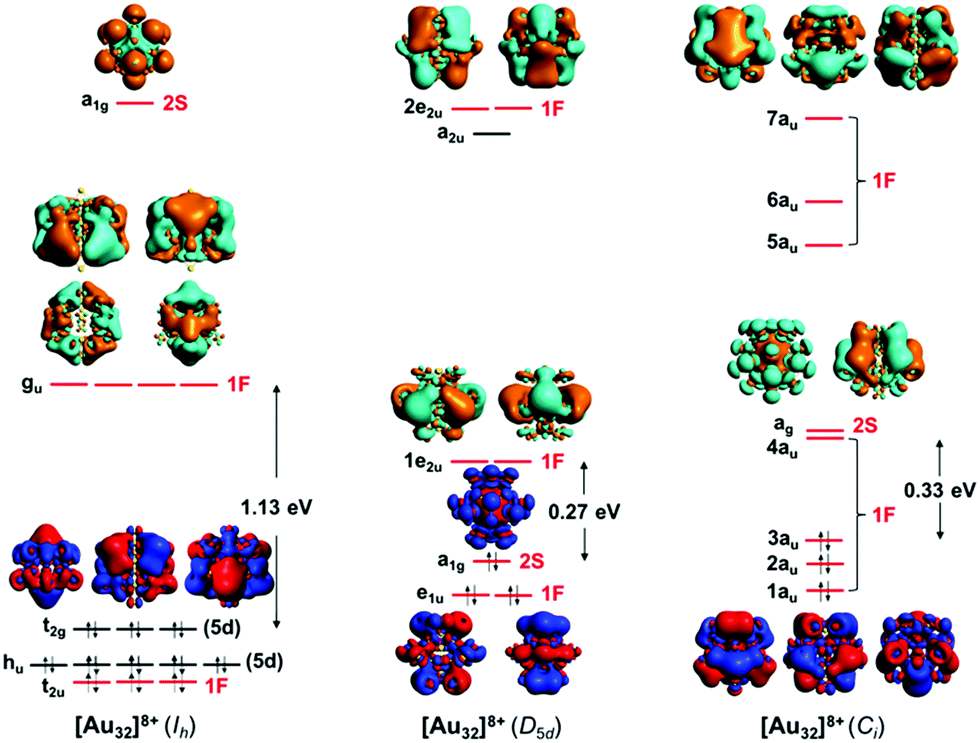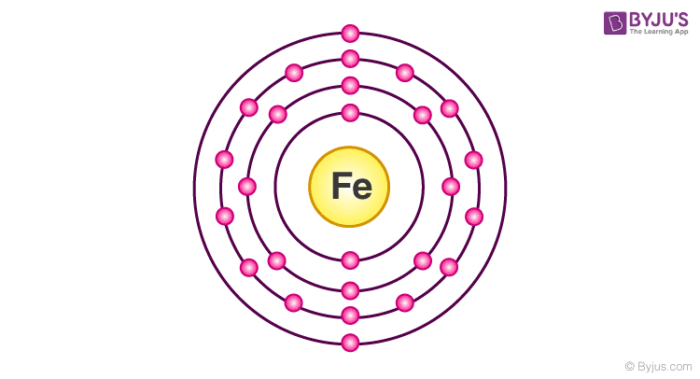13+ orbital diagram of argon
Atmospheric entry is the movement of an object from outer space into and through the gases of an atmosphere of a planet dwarf planet or natural satelliteThere are two main types of atmospheric entry. Atoms are extremely small typically around 100 picometers across.

Elastic Scattering Of Electrons From The Ions Of Argon Isonuclear Series Iopscience
Like Venus Mercury orbits the Sun within.

. 6 to 30 characters long. It is named after the Roman god Mercurius god of commerce messenger of the gods and mediator between gods and mortals corresponding to the Greek god Hermes Ἑρμῆς. This function can be used to calculate the probability of finding any electron of an atom in any specific region around the atoms nucleusThe term atomic orbital may also refer to the physical region or space where the electron can be.
With an apparent movement of the Sun in Earths sky at a rate of. Calculate the final volume of the gas when the pressure of the gas increases to 8 atm and the temperature of the gas increases to 30 C. ASCII characters only characters found on a standard US keyboard.
Term symbols with LS coupling. Must contain at least 4 different symbols. Aluminum has a total of 13 electrons and one box can hold up to two electrons.
Therefore the first two electrons will go into the 1s orbital the next two will go into the 2s orbital and after that the next six electrons will go into the 2p orbital since the 2p orbital has 3 boxes. The south polar region is a heavily cratered terrain with dramatic topography rather than the relatively flat lava flow surface that characterized the Apollo 11 landing site. Therefore the order of the number of electrons in each shell of the chromiumCr atom is 2 8 13 1.
Also disclosed is a new and improved method for electrically treating water molecules to decompose them into hydrogen gas and oxygen gas at efficiency levels ranging between. Every solid liquid gas and plasma is composed of neutral or ionized atoms. In atomic theory and quantum mechanics an atomic orbital is a function describing the location and wave-like behavior of an electron in an atom.
Nitrogen is the chemical element with the symbol N and atomic number 7. As a result chlorine acquires the electron configuration of argon. The Moon is Earths only natural satelliteIts diameter is about one-quarter the diameter of the Earth comparable to the width of Australia.
The Moon is a planetary-mass object that formed a. They are so small that accurately predicting their behavior using classical physics as if they were tennis balls for example is not possible due to quantum effects. Earth orbits the Sun every 3652564 mean solar days or one sidereal year.
Combined Gas Law Practice Problems. The energy needed for transfer between planetary orbits or delta-v is lowest at intervals fixed by the synodic periodFor EarthMars trips the period is every 26 months 2 years 2 months so missions are typically planned to coincide with one of these launch periodsDue to the eccentricity of Marss orbit the energy needed in the low-energy periods varies on roughly a 15-year cycle. E Schematic energy diagram of J-aggregation θ 547 and H-aggregation θ 547.
The concentration of water vapor a greenhouse gas varies significantly from around 10 ppm by mole fraction in the coldest portions of the atmosphere to as much as 5 by mole fraction in hot humid air masses and. Alan Hale and Thomas Bopp discovered Comet HaleBopp separately on July 23 1995 before it became visible to the naked eyeIt is difficult to predict the maximum brightness of new comets with any. A 4 L of argon gas has a pressure of 2 atm at 24 C temperature.
All the other noble gases in group 18 such as Neon Ne Argon Ar and the rest have 8 valence electrons. It is a common element in the universe estimated at seventh in total abundance in the Milky Way and the Solar SystemAt standard temperature and pressure two atoms of the element bind to. Browse our listings to find jobs in Germany for expats including jobs for English speakers or those in your native language.
Uncontrolled entry such as the entry of astronomical objects space debris or bolides. In this diagram the lines represent bonding pairs of electrons two lines for. Atom and the chlorine atom receives those electrons.
Our map gallery has a new look and its now available on your mobile browser. Mercury is the smallest planet in the Solar System and the closest to the SunIts orbit around the Sun takes 8797 Earth days the shortest of all the Suns planets. Choose from one of our featured maps on road conditions construction and more.
And controlled entry or reentry of a spacecraft capable of being navigated or. Oxygen is the chemical element with the symbol O and atomic number 8. It is a member of the chalcogen group in the periodic table a highly reactive nonmetal and an oxidizing agent that readily forms oxides with most elements as well as with other compoundsOxygen is Earths most abundant element and after hydrogen and helium it is the third-most abundant element in the.
You can also search for your own property and enjoy a better way of browsing. Argon orbital diagram and electron configuration. Learn the concept of transition metals see an extensive list of examples.
Orbital perspective of the lunar south pole as viewed looking from the north and over the lunar farside surface. Comet HaleBopp formally designated C1995 O1 is a comet that was one of the most widely observed of the 20th century and one of the brightest seen for many decades. An atom is the smallest unit of ordinary matter that forms a chemical element.
Here we combine polarization-dependent angle-resolved photoemission spectroscopy with density functional theory to directly reveal the sublattice properties of 3d-orbital VHSs in CsV3Sb5. A schematic diagram illustrating the potential. The electron configuration and orbital diagram of chromium is the main topic in this article.
The three major constituents of Earths atmosphere are nitrogen oxygen and argonWater vapor accounts for roughly 025 of the atmosphere by mass. The blue and red solid curves represent the exciton energy levels of allowed transition for J- and H. Transition metals which are found in columns 3-12 on the periodic table contain electrons in the d or f orbitals.
Nitrogen is a nonmetal and the lightest member of group 15 of the periodic table often called the pnictogens. For light atoms the spinorbit interaction or coupling is small so that the total orbital angular momentum L and total spin S are good quantum numbersThe interaction between L and S is known as LS coupling RussellSaunders coupling named after Henry Norris Russell and Frederick Albert Saunders who described this in 1925 or spin-orbit. Earths average orbital distance is about 150 million km 93 million mi which is the basis for the Astronomical Unit and is equal to roughly 83 light minutes or 380 times Earths distance to the Moon.
Mars is the fourth planet from the Sun and the second-smallest planet in the Solar System being larger than only MercuryIn the English language Mars is named for the Roman god of warMars is a terrestrial planet with a thin atmosphere less than 1 that of Earths and has a crust primarily composed of elements similar to Earths crust as well as a core made of iron and nickel. Disclosed herein is a new and improved thermodynamic device to produce hydrogen gas and oxygen gas from ordinary water molecules or from seawater at normal temperatures and pressure. The Moon is the fifth largest satellite in the Solar SystemIt is larger than any of the known dwarf planets and is the largest and most massive satellite relative to its parent planet.

The Aufbau Principle Study Com

Using Valence Bond Theory Explain The Following In Relation To The Complexes Given Below Mn Cn 6 3 Co Nh3 6 3 Cr Ho 6 3 Frcl6 4 I Type Of Hybridisation Ii Inner Or Outer

Argon Ar

Nb And Ta Adducts Connecting D0 Metal Chlorides And Phosphorus Sulfide Cages Hoppe 2009 Chemistry A European Journal Wiley Online Library

Electron Configurations Ck 12 Foundation

Periodic Variations In Element Properties Chemistry For Majors

Mo Diagrams For Icosahedral Sn 12 And Sn 13 The Orbital Energies Download Scientific Diagram

Electron Count And Electronic Structure Of Bare Icosahedral Au 32 And Au 33 Ionic Nanoclusters And Ligated Derivatives Stable Models With Intermediat Physical Chemistry Chemical Physics Rsc Publishing Doi 10 1039 D0cp03735d

Electron Impact Ionization Cross Sections Of Several Ionization Stages Of Kr Ar And Fe Sciencedirect

Thorough Performance Evaluation Of 213 Nm Ultraviolet Photodissociation For Top Down Proteomics Molecular Cellular Proteomics

Bound Electron G Factor Measurement By Double Resonance Spectroscopy On A Fine Structure Transition This Paper Was Presented At The International Conference On Precision Physics Of Simple Atomic Systems Held At Ecole De Physique Les

Electron Count And Electronic Structure Of Bare Icosahedral Au 32 And Au 33 Ionic Nanoclusters And Ligated Derivatives Stable Models With Intermediat Physical Chemistry Chemical Physics Rsc Publishing Doi 10 1039 D0cp03735d

How To Write The Atomic Orbital Diagram For Argon Ar Youtube

Molecular And Electronic Structures Of The Members Of The Electron Transfer Series Mn Bpy 3 N N 2 1 0 1 And Mn Tpy 2 M M 4 3 2 1 0 An Experimental And Density Functional Theory Study Inorganic Chemistry

Electronic Configuration Of Iron Fe Element Iron Atomic Number

Molecular Orbital Mo Binding Energy E B In Ev For Adenine And Download Scientific Diagram

Argon Orbital Diagram Electron Configuration And Valence Electrons